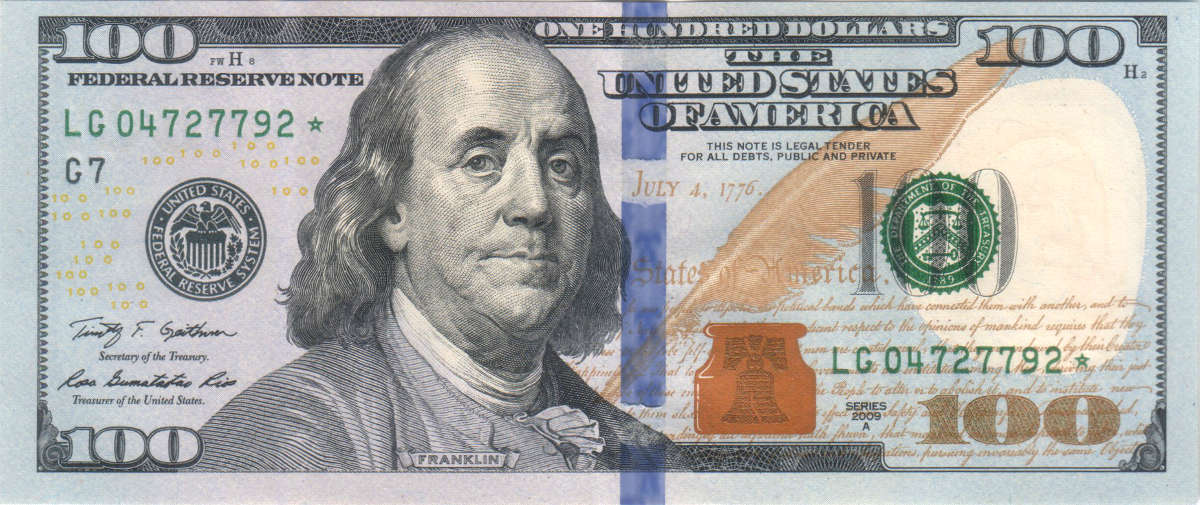Share price and discount
This calculator can help you figure out if you get a premium or lower rate when, for example, you want to swap a fixed rate loan from one bank to another, switch fixed rate to floating rate or pending.
If interest rates have risen during the fixed interest period, you will have to pay a premium on the loan if you wish to pay this. If the interest rate has fallen you will get a discount, that is, the loan will be smaller.
The amount of excess or sub-price depends on the length of the remaining interest rate and the size of the change.
The rules for how to calculate the over- or under-exchange rate are in the regulations of §54 of the Financial Agreements Act. The regulation states: For loans as mentioned in the first paragraph, the difference between the agreed rate of interest and the interest lender offering for corresponding loans shall be used when calculating the lender's loss or gain on early repayment.
How to use it?
In the calculator you enter what the interest rate is on the fixed rate loan and what the new interest rate will be on the corresponding fixed interest rate loan. Then you decide the length of the remaining fixed rate loan by entering the number of years, months, and days. Subscription is shown as minus, plus plus.
What is the premium and what is the subcategory?
If you have entered into a fixed rate agreement on your loan - be it a mortgage or student loan - you must comply with the terms premium and sub-loan. One can give you a win, the other can bring you a big extra bill. But what gives what and why?
Here you will get a crunch course in premium and sub-class so you do not suddenly get an unpleasant surprise.The starting point is that you have a fixed interest rate agreement on your loan, and then you want to pay extra on the loan. Possibly you want to pay off the entire loan before the time. (If you have a floating rate, you do not need to think about either a premium or a subcategory.)
What is the premium?
If the fixed rate you pay is higher than the bank offers as a fixed rate to new customers, the bank will lose money to pay extra. This wallpaper you have to cover - and this is what is called premium.
What is subcategory?
If the fixed interest rate you pay is lower than the bank offers as a fixed rate to new customers, the bank earns that you pay extra. This win you get. The bank calls this for a discount and it comes as a deduction from your residual debt.
Why does the bank earn or lose that I pay extra?
Imagine you're the bank. Then I come to you and ask for a fixed rate loan. Based on the market conditions and my finances, you find that you can offer me a fixed rate loan for a 5% interest rate for three years.
Time passes and market conditions change. After a while, you offer fixed interest rates to 4% for new customers. There has thus been a decline in interest rates. Are you happy for lending money to me at 5% interest? Of course you are. You get one percent better paid on the money you borrowed to me than you get from new customers.
Are you happy if I want to pay extra on my loan? No. For the money that I pay in (as you hit to have earned 5%), you need to lend back to a lower interest rate for new customers. The loan you receive may I cover as a loan customer.
If interest rates rise, the situation would be quite the opposite. Imagine that interest rates increase to 10%. You get 10% on all fixed rate agreements you enter into with new customers. Are you now happy that you let me borrow money for 5% interest? Hardly! You are probably sitting and tearing your hair over to the Money man to borrow money from you last year when you could get twice as much if you borrowed the money today. Consequently, you will also be in a very good mood if I say that I will pay a thousand dollars extra. You can just turn around to the next customer and lend the dollar back to a much higher rate.
(The text continues under the picture)

One Hundred USD bill.
How much in premium or sub-class?
How much you get in premium or sub-price depends on several factors:
- How much you pay extra on the loan
- How long remaining bonding time you have
- How much higher or lower today's fixed interest rate is in relation to your fixed rate
If you have two years left of a fixed interest rate agreement with, for example, the Loan Fund and you pay $ 10,000 extra, your loan will increase (decrease) by about 200 kroner if the current interest rate is one percent lower (higher) than what you have agreed.
Your additional payment of 10,000 kroner means that the loan will only be reduced by 9,800 if the interest rate has fallen by one per cent, while the same additional payment reduces your loan by a total of NOK 10,200 if the interest rate has risen.
A few hundred dollars to or from may not play a big role. However, if you choose to break the fixed interest rate agreement with your bank to move your mortgage on a few million to another bank, we are talking about several tens of thousands of premiums or discounts.